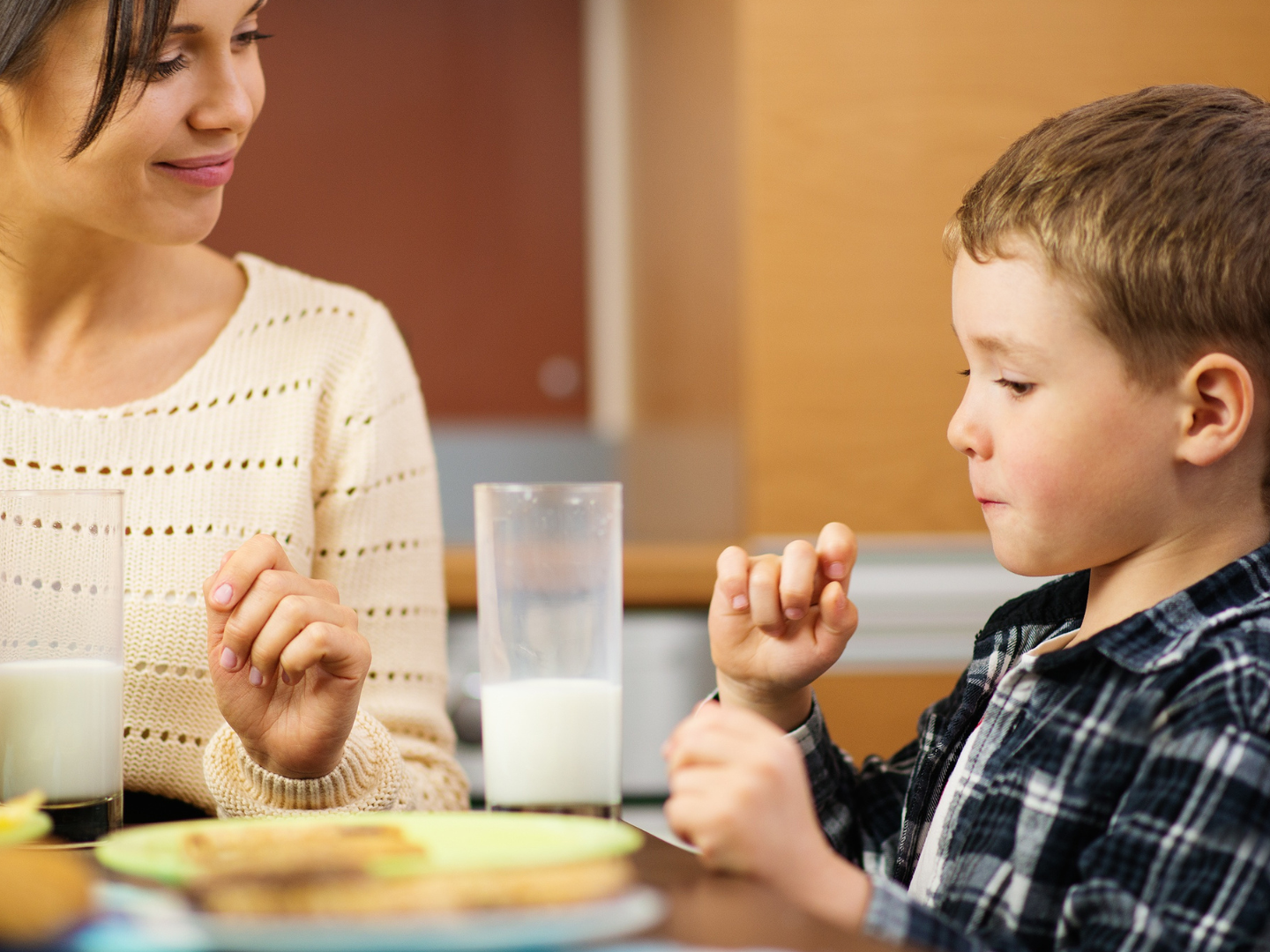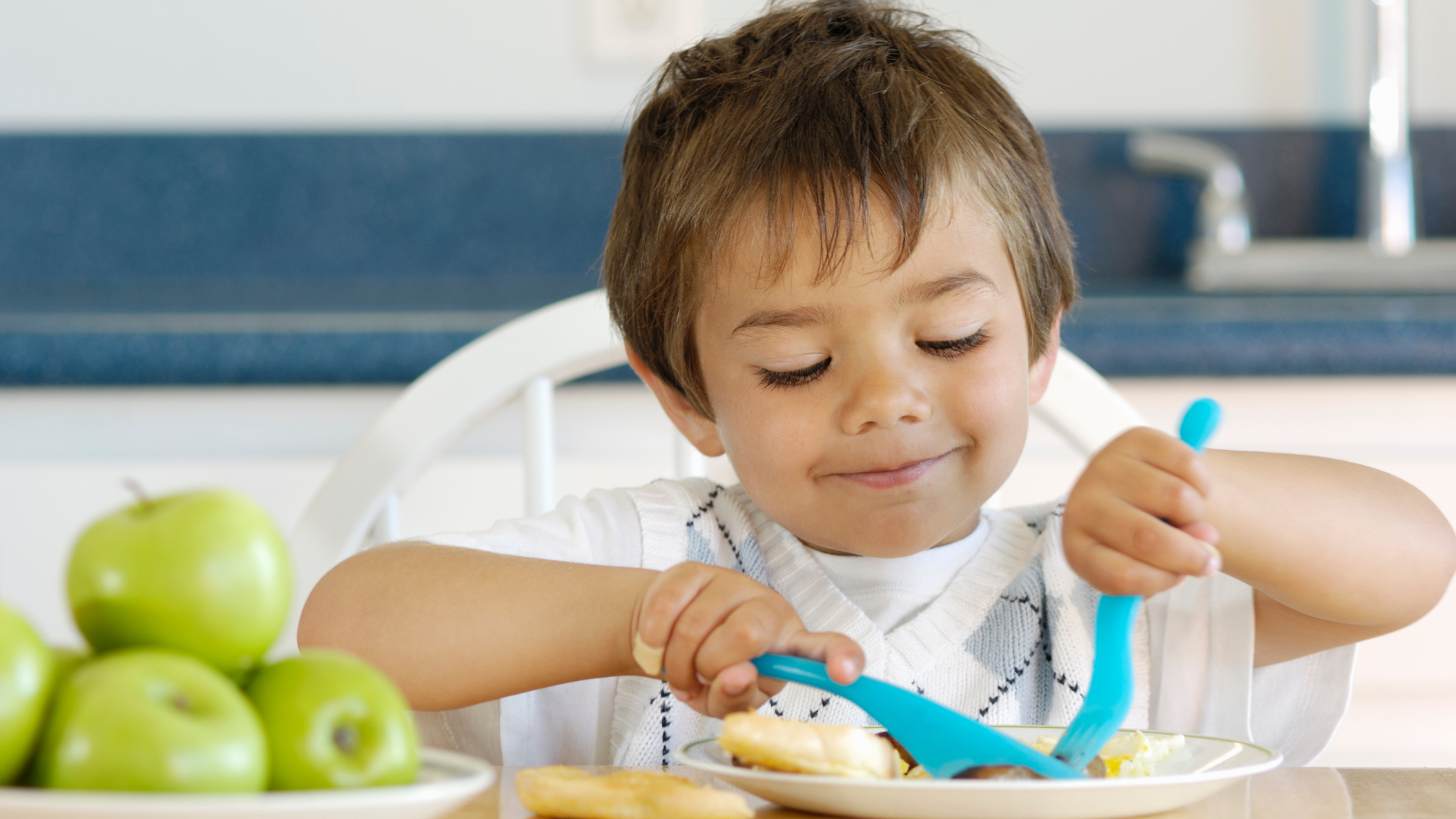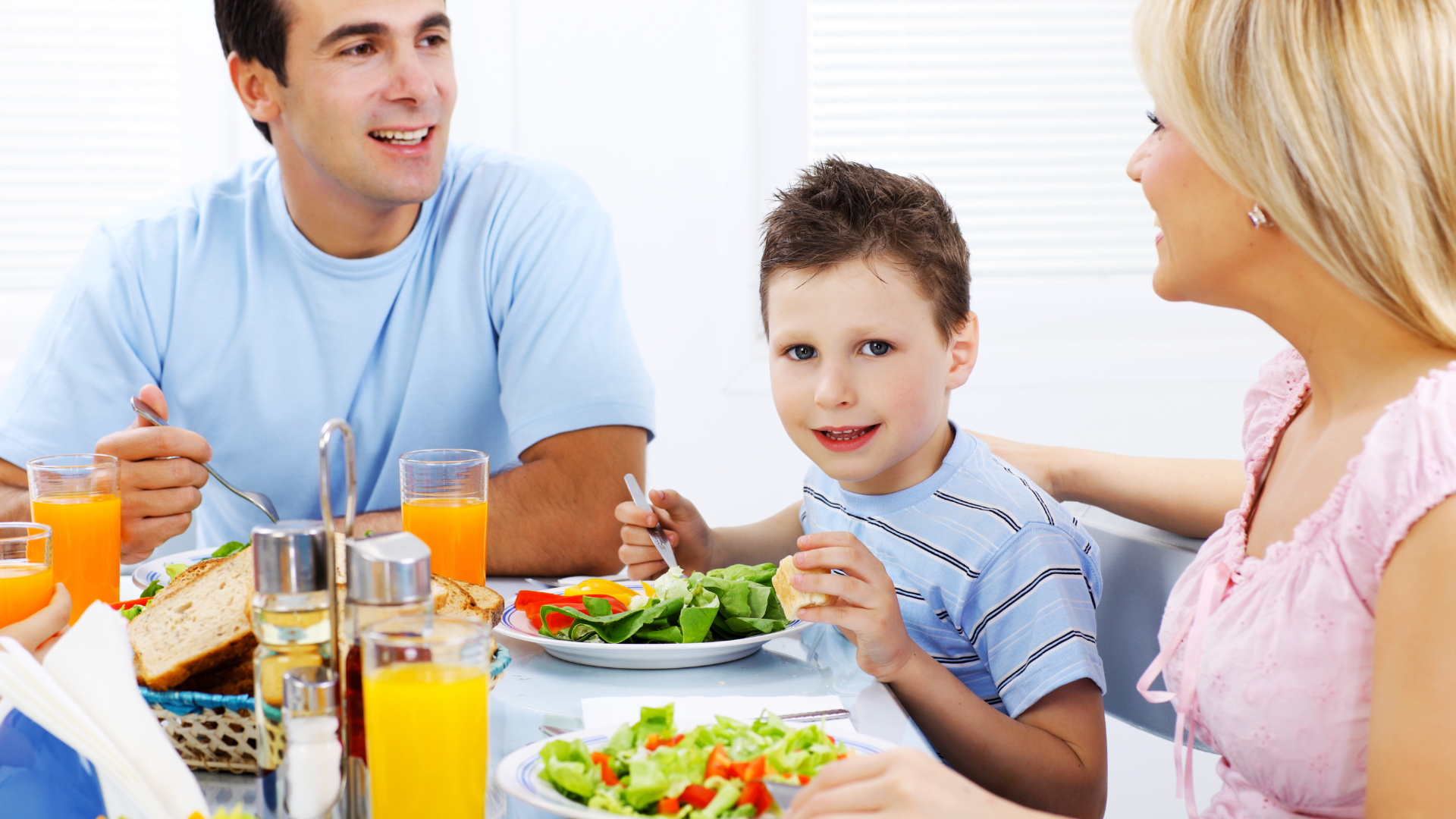
CHILD DEVELOPMENT ARTICLES BY MARIA LOURDES A. DE VERA
Mindful eating for Children
The practice of tuning in, slowing down, increasing awareness of thoughts, feelings, sensations without harsh judgments is Mindfulness. Teaching mindful eating to children is essential to establishing a healthy attitude towards food and eating. It develops a good rhythm and routine. This is a simple practice and won’t be a difficult task to learn. Routines help children know what to expect and make them feel secure.

Orienting the child to the daily routine makes up order and sequence. A child learns more about daily schedules. They develop a feel for the “ Time Difference” between breakfast, lunch and dinner.
What is mindful eating?
For many of us, parents, caregivers or teachers, the demands of work and our busy daily lives often make mealtimes rushed affairs. Rushing through the crowded streets and traffic en route to the office can be stressful. Falling in line at a fast food can be cumbersome. Thus, we find ourselves eating in the car commuting to work, at the desk in front of a computer screen, or parked on the couch watching TV.



It is best to remember that Mealtime should be a time for eating — not for disciplining, arguing, sharing distressing news, doing other activities or watching television. The best mealtime atmosphere is bright, clean, relaxed and free of distractions. Make Mealtime Interesting and present Food in an Appealing Manner. Children develop a Mealtime Routine and begin to establish the same eating time.
For children, mealtime is much more than just eating food. Mindful eating is about the attention given to food and focusing the senses and being present in the moment. One thing at a time.

It is best to remember a few things like when teaching children about eating. Such as, do not force your child to eat, Do not bribe your child to eat or use food as a reward or punishment. Growing up children need to learn about preparation for mealtime. Allow a child to help in doing simple tasks like setting the table. Tasks that are age appropriate.

No unnecessary distractions, children should not watch screens, or play with gadgets during mealtime while eating. It is suggested that children avoid using screens until they are 18 months old, or even older is better. Video-chatting with friends or family can be done after mealtime. Neither doing two things at the same time. Children may tend to play with food and on the table. If at all possible, ignore the misbehavior. If poor behavior continues, remove the food calmly without comment until the next mealtime or snack time. The goal is for your child to learn that mealtime is for eating, not playing.
Allowing the child to have quiet time while eating is necessary to be mindful. Helping children to pay attention to the moment-to-moment experience of eating. Children are introduced to the different kinds of food, identity tasted and recognize the odor.
Avoid serving meals when your child is overly tired, has gadgets, or watching TV.





Here are a few Mealtime Routines
Focus on your child during mealtimes
● Face your child toward you or other family members at the table.
● Proper Communication is learned when the family interacts.
● For very young children limit distractions. Avoid letting TV, videos, cell phones distract your child from eating. Talk with your child during mealtimes. It is important for your child to have your attention.
● Mealtimes can last 10 or 15 minutes, or for as long as your child can pay attention.

Be Safe
● Sit your child in a high chair.
● Strap your child into the high chair.
● Watch children at all times to make sure they don’t fall off the chair.
Cleanliness
● Wash your child’s hands before mealtime.
● Place a plastic mat on the floor under your child’s high chair. This can help collect food particles and help with cleanup.

Fingers, spoons, forks, and cups
● When babies first start eating foods, you may use a spoon or they may use their fingers.
● As children get older, they will develop different skills to help with mealtimes.
●Sitting down as a family teaches your child how to eat helps your child develop social skills.
● Give your child healthy food options at each meal.
● Children may try new foods. Model healthy eating. It can help your child learn what to do.

Amount of Food served:
● Allow the child to decide how much he can eat. Your child does not have to finish all the food on the plate or drink all the liquid in the cup or bottle.
● Be able to identify if a child is already full.



